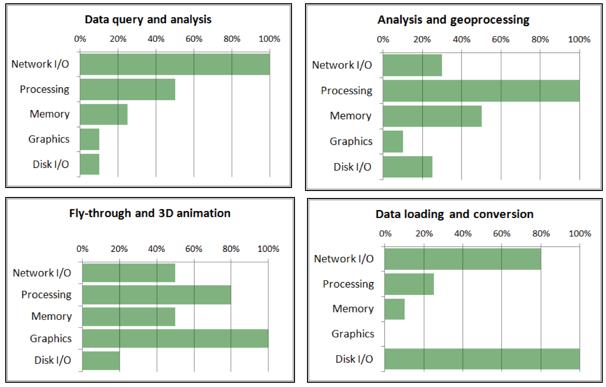
1 minute read
5.2 Architecture Design Recommendations
versioning. As the City modernizes its enterprise implementation, branch versioning will be an option for consideration across other parts of the database.
It should be noted that these geodatabase design recommendations apply to the enterprise database, but may only be noticed by heavy users, particularly the editors, leveraging ArcGIS Pro. It is expected that as the City publishes more map services and applications through ArcGIS Portal, most general users will engage with the content through these services. They will no longer be able to see nor need to be concerned about ArcGIS Pro, the geodatabase or versioning specifics.
5.2 Architecture Design Recommendations
This section discusses the recommendations for supporting an Enterprise GIS infrastructure for the City of Miramar. Although the ArcGIS Platform has evolved over the years, the same components that can impact the demands of a GIS are still the same and are described as:
• CPU - Processing Intensive • RAM - Memory Intensive • NIC - Network I/O Intensive • HBA - Disk I/O Intensive • GPU - Graphics Intensive
Each component has an adverse effect the more intense the demand is. The following graphic was taken from Dave Peter’s (Manager, Systems Integrations at Esri) System Design Strategies wiki page that describes the different demands a specific workflow on server processing and network bandwidth resources might have. GIS operations are typically network and/or processing intensive; these are the subsystems that require the closest attention. GIS applications place heavy demands on server processing and network bandwidth resources. For most standard mapping operations, these demands push the limits of platform processor and network bandwidth capacity.
Dave Peter’s - System Design Strategies







